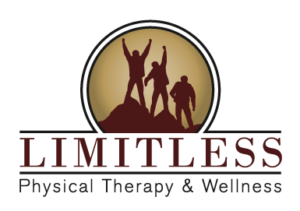Soft tissue injuries include damage to the muscles, tendons, ligaments, and sometimes the fascia at some location in the body. Most commonly, these injuries occur from strains, sprains, a blow that results in a ruptured blood vessel or bruising, or from an overuse of a body part. These injuries can cause swelling, pain, and loss of function. The repeated occurrence of surgery, immobilization, and strains, could cause adhesions withing the soft tissue. There are a variety of tools that will help clinicians locate and treat people with soft tissue dysfunction efficiently. These are the IASTM, or Instrument Assisted Soft Tissue Mobilization.
What is the IASTM?
The Instrument Assisted Soft Tissue Mobilization has been made of different materials, but a popular one is the Graston Technique. It can help alleviate symptoms associated with limited or painful motion, motor control issues such as coordination or muscle activation, or muscle recruitment issues. Some of the common conditions that can be treated with IASTM are Achilles tendinosis, tendinopathies, IT band syndrome, rotator cuff injuries, and plantar fasciitis. These are just a few of the injuries that IASTM can treat, and there are others.
The benefits of IASTM and how it works
People who have injuries to soft tissue usually do not get treatment right away. It is typically weeks or months before a doctor is seen. By this time the self healing process has completed. Adhesions and scar tissue have formed that could cause pain and limited motion. These can be like super glue to the body. Scar tissue causes new cells to lay down in a disorganized manner. This prevents muscles from lengthening properly. The physical therapist will often have to restart the healing process so that the soft tissue can be remodeled in the affected area. The IASTM is used to introduce controlled microtrauma to the soft tissue area to stimulate a local inflammatory response. This initiates the re-absorption of excessive scar tissue, and the remodeling of the soft tissue structure that was affected is facilitated. After this treatment and the remodeling of the scar tissue, the cells will become organized to better promote movement.
What to expect from the IASTM treatment
A person receiving the Instrument Assisted Soft Tissue Mobilization treatment must realize that it essentially re-injures the body in a controlled manner, and to a lesser degree. During the procedure, patients may have some discomfort, and may have some soreness in the area that was treated. The number of treatments may vary from person to person, but usually two treatments per week for up to five weeks. Generally, positive results can be experienced by the third or fourth treatment.
Exercise after the IASTM treatment is important. The muscles need to be stretched to help build up strength in the injured area, and flexibility as well. The entire process can be accelerated if patients follow the prescribed recommendation of their physical therapist to do home exercises following an Instrument Assisted Soft Tissue Mobilization treatment. The body will feel like new again.



